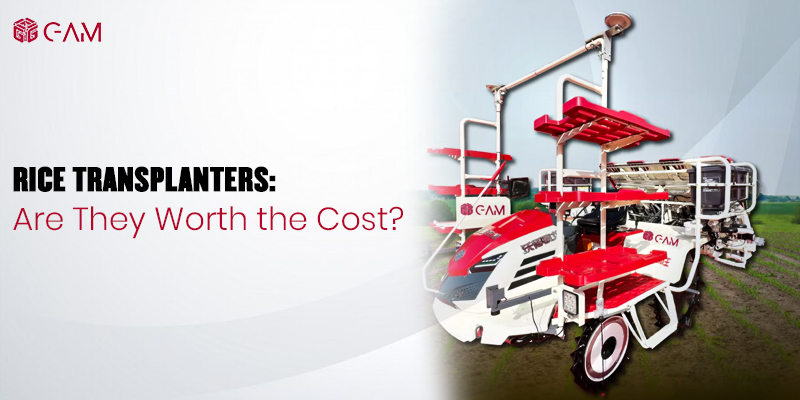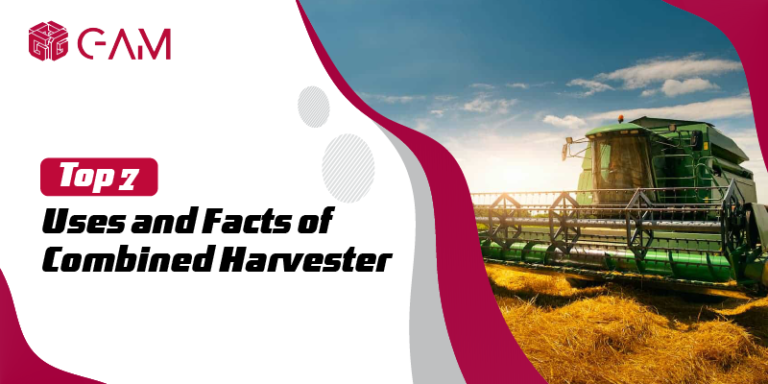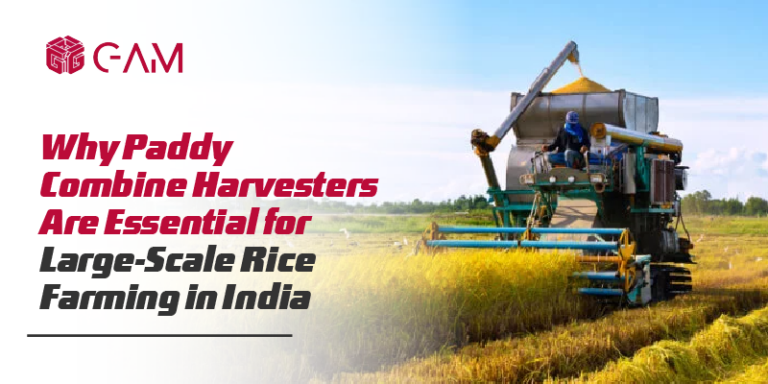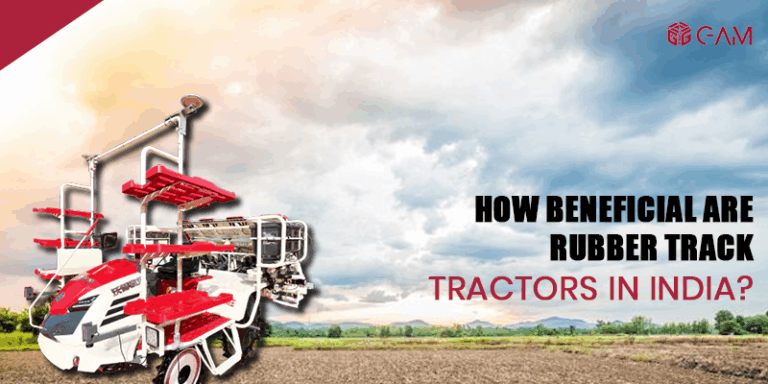Farming is changing quickly. Costs are going up, it’s tough to find workers, and the need for rice is growing. That’s why more farmers are turning to machines that get the job done faster and more efficiently. The rice transplanter is one of these machines—it saves time, cuts down on labor, and helps farmers grow more. In fact, in places like Andhra Pradesh, many are starting to evaluate the rice transplanter ROI in Andhra Pradesh to see if it’s a worthwhile upgrade. So, is it worth the investment? Let’s find out.
The Rise of Smart Farm Equipment
Rice transplanting by hand may be a tradition, but it’s also time-consuming, tiring, and often inconsistent. That’s why many growers are starting to question the old ways and ask, “Is a rice transplanter worth the cost in Andhra Pradesh?” Given how well these machines handle uniform spacing, reduce fatigue, and boost planting speed, it’s easy to see why they’re becoming a popular choice.
What Makes Rice Transplanters a Smart Choice?
Manual rice transplanting can be a real struggle, especially for Andhra farmers facing labor shortages and rising costs. But the benefits of using rice transplanters for Andhra farmers are obvious: more efficient work, higher yields, and serious savings.
1.Faster and Easier Planting
Rice transplanters have made planting rice much quicker and simpler. What used to take a whole team of workers several days to finish can now be done in just a few hours with a transplanter. This not only helps farmers plant at the ideal time, but it also allows them to manage their workforce and resources much more efficiently.
2.Less Need for Manual Labor
Fewer workers and higher wages have made manual transplanting tougher for farmers. Rice transplanters help bridge that gap by doing the job efficiently with less manpower—saving time and money in the process. It’s an example of how rice transplanters help Andhra Pradesh agriculture be more productive and better able to handle today’s challenges.
3.Better Use of Resources
When seedlings are planted properly, water, fertilizers, and pesticides can be used more efficiently. With plants evenly spaced, these resources are applied more effectively, reducing waste and leading to cost savings over time. This supports sustainable farming practices and helps farmers conserve money.
4.Better Harvest and Quality
Planting at the right time with transplanters helps rice grow stronger roots and develop evenly. This results in better quality grains and more crops, which means higher profits for farmers.
Read On: The Impact Of Rice Transplanters On Agriculture
Is It a Good Investment?
If you’re thinking about getting a rice transplanter, consider these important points:
- Initial Costs vs. Benefits Over Time
A rice transplanter can be costly, with prices often going from a few thousand up to tens of thousands of dollars, depending on what model you choose and its features. However, if you consider the financial benefits of rice transplanters in Andhra Pradesh, spending this money might be a smart move. These machines can save money on labor, work more efficiently, and boost rice production. Many farmers notice that within just a few seasons, the machine pays for itself.
1.Size and Form of Your Farm
Transplanting rice works great on fields that are medium sized or larger and flat and simple to walk through in. If you’ve got a small or oddly shaped plot of land, at first using it might feel a bit tricky. However, machines these days are becoming more intelligent and adaptable as new models are created to handle smaller or irregular plots of land.
2.Maintaining the Machine
Like any machine, a rice transplanter needs a bit of care and attention to keep running smoothly. You’ll want to make sure you can easily access spare parts, find good service, and get proper training. The bright side? Most manufacturers are smart these days and provide great support and training as well. You won’t be left scratching your head figuring things out alone.
3.Exploring Financial Support
Starting out can feel daunting, but there are usually nice options that make that big upfront investment easier to do. Lots of governments offer money for free or low interest to farmers when they use new hi tech stuff. Taking a bit of time to look into these plans can really help ease the financial pressure.
4.Looking Toward the Future
Agriculture is always moving forward, and to stay ahead, modern methods are key. A rice transplanter does more than save time—it helps you work smarter, make the most of your resources, and boost long-term results. Looking ahead, in some ways this could turn out to be really important along the road to smarter and greener farming.
Conclusion
So, is a rice transplanter really worth it? Most farmers who’ve made the switch would say yes. It’s not just about cutting down labor; it’s about doing things smarter, faster, and more efficiently. Thinking about the rice transplanter ROI in Andhra Pradesh? Once you check the benefits speak for themselves.
Need a hand choosing the right model? Godabari Agro is just a call away with expert support and the latest tech.
Frequently Asked Questions
1.What is the ROI of a rice transplanter in Andhra Pradesh?
In Andhra Pradesh, using a rice transplanter can be a wise investment. The cost of hiring farmworkers is rising, making it more expensive for farmers to manage their fields manually. By using a rice transplanter, many farmers find that they can save money and grow more rice. Typically, they recover the cost of the machine in just 2-3 growing seasons, as they reduce labor expenses.
2.Can small-scale farmers benefit from a rice transplanter?
Yes, small-scale farmers can also benefit. Although rice transplanters are most effective on medium—to large-scale farms, smaller machines are designed for smaller farms. To support this, the government offers financial aid to make these machines more affordable for small farmers.
3.What kind of maintenance does a rice transplanter require?
Maintaining a rice transplanter involves regular care, such as cleaning, checking oil levels, and inspecting key parts like the engine, planting arms, and belts. It’s important to pick a model that offers easy access to service support and has readily available spare parts. Regular maintenance ensures the machine works efficiently and lasts longer.




